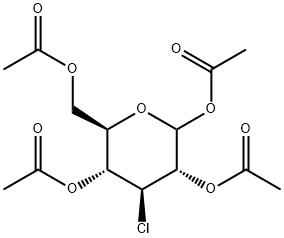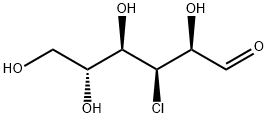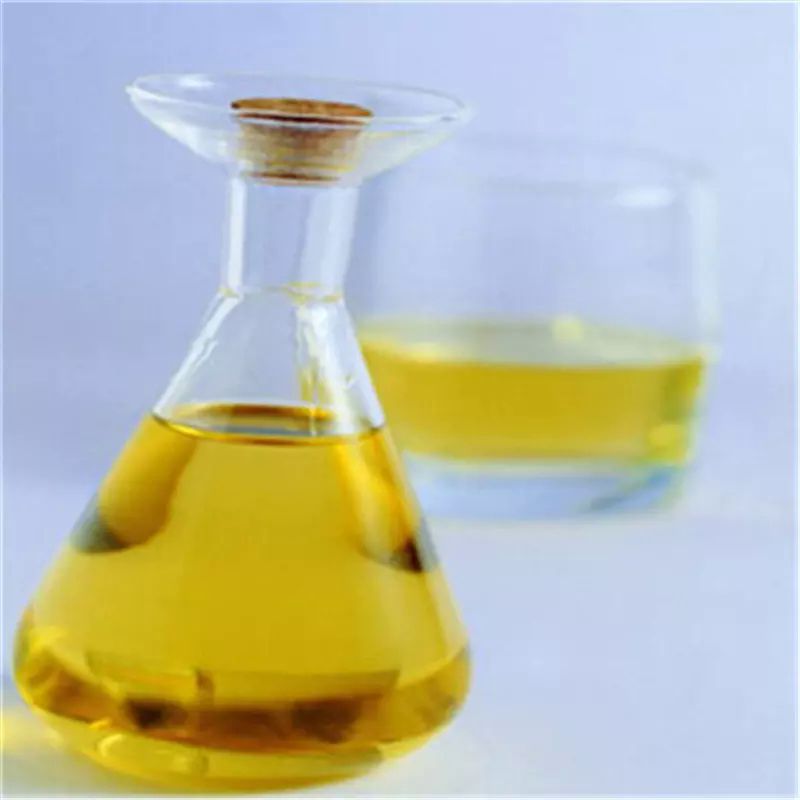4-CHLOROTETRAHYDROPYRAN
Synonym(s):4-Chloro-tetrahydro-2H-pyran
- CAS NO.:1768-64-5
- Empirical Formula: C5H9ClO
- Molecular Weight: 120.58
- MDL number: MFCD00074911
- SAFETY DATA SHEET (SDS)
- Update Date: 2024-11-18 17:01:59

What is 4-CHLOROTETRAHYDROPYRAN?
Chemical properties
Colorless to pale yellow liquid
The Uses of 4-CHLOROTETRAHYDROPYRAN
4-Chlorotetrahydropyran is a useful reagent for the synthetic preparation of coupling products via iridium photo-catalyzed cross-electrophile coupling.
The Uses of 4-CHLOROTETRAHYDROPYRAN
4-Chlorotetrahydropyran was used in the synthesis of 3-chlorogutaric acid.
What are the applications of Application
4-Chlorotetrahydropyran is a commonly employed starting material in organic synthesis
Synthesis Reference(s)
The Journal of Organic Chemistry, 54, p. 2748, 1989 DOI: 10.1021/jo00272a055
Tetrahedron Letters, 25, p. 2653, 1984 DOI: 10.1016/S0040-4039(01)81254-5
General Description
4-Chlorotetrahydropyran is a commonly employed starting material in organic synthesis.
Properties of 4-CHLOROTETRAHYDROPYRAN
| Boiling point: | 150 °C(lit.) |
| Density | 1.114 g/mL at 25 °C(lit.) |
| refractive index | n |
| Flash point: | 114 °F |
| storage temp. | Inert atmosphere,Room Temperature |
| solubility | water: soluble(lit.) |
| form | Liquid |
| color | Colorless to dark yellow |
| Stability: | Volatile |
Safety information for 4-CHLOROTETRAHYDROPYRAN
| Signal word | Warning |
| Pictogram(s) |
 Flame Flammables GHS02  Exclamation Mark Irritant GHS07 |
| GHS Hazard Statements |
H226:Flammable liquids H315:Skin corrosion/irritation H319:Serious eye damage/eye irritation H335:Specific target organ toxicity, single exposure;Respiratory tract irritation |
| Precautionary Statement Codes |
P210:Keep away from heat/sparks/open flames/hot surfaces. — No smoking. P233:Keep container tightly closed. P240:Ground/bond container and receiving equipment. P241:Use explosion-proof electrical/ventilating/lighting/…/equipment. P303+P361+P353:IF ON SKIN (or hair): Remove/Take off Immediately all contaminated clothing. Rinse SKIN with water/shower. P305+P351+P338:IF IN EYES: Rinse cautiously with water for several minutes. Remove contact lenses, if present and easy to do. Continuerinsing. |
Computed Descriptors for 4-CHLOROTETRAHYDROPYRAN
| InChIKey | DHRSKOBIDIDMJZ-UHFFFAOYSA-N |
4-CHLOROTETRAHYDROPYRAN manufacturer
BTC pharm India
3Y
Phone:+91-8790379245
Whatsapp: +91- 8790379245
product: 4-CHLOROTETRAHYDROPYRAN 98+
New Products
(S)-3-Aminobutanenitrile hydrochloride 4-Methylphenylacetic acid N-Boc-D-alaninol N-BOC-D/L-ALANINOL Tert-butyl bis(2-chloroethyl)carbamate 3-Morpholino-1-(4-nitrophenyl)-5,6-dihydropyridin- 2(1H)-one Furan-2,5-Dicarboxylic Acid Tropic acid S-2-CHLORO PROPIONIC ACID ETHYL ISOCYANOACETATE 2-Bromo-1,3-Bis(Dimethylamino)Trimethinium Hexafluorophosphate 4-IODO BENZOIC ACID 3-NITRO-2-METHYL ANILINE 1-(2,4-DICHLOROPHENYL) ETHANAMINE (2-Hydroxyphenyl)acetonitrile 4-Bromopyrazole 5,6-Dimethoxyindanone 2-(Cyanocyclohexyl)acetic acid 4-methoxy-3,5-dinitropyridine 1-(4-(aminomethyl)benzyl)urea hydrochloride 2-aminopropyl benzoate hydrochloride diethyl 2-(2-((tertbutoxycarbonyl)amino) ethyl)malonate tert-butyl 4- (ureidomethyl)benzylcarbamate Ethyl-2-chloro((4-methoxyphenyl)hydrazono)acetateRelated products of tetrahydrofuran






You may like
-
 1768-64-5 4-Chlorotetrahydropyran 98%View Details
1768-64-5 4-Chlorotetrahydropyran 98%View Details
1768-64-5 -
 4-CHLOROTETRAHYDROPYRAN 98+View Details
4-CHLOROTETRAHYDROPYRAN 98+View Details
1768-64-5 -
 4-Chlorotetrahydro-2H-pyran CAS 1768-64-5View Details
4-Chlorotetrahydro-2H-pyran CAS 1768-64-5View Details
1768-64-5 -
 1975-50-4 98%View Details
1975-50-4 98%View Details
1975-50-4 -
 2-HYDROXY BENZYL ALCOHOL 98%View Details
2-HYDROXY BENZYL ALCOHOL 98%View Details
90-01-7 -
 2-Chloro-1,3-Bis(Dimethylamino)Trimethinium Hexafluorophosphate 221615-75-4 98%View Details
2-Chloro-1,3-Bis(Dimethylamino)Trimethinium Hexafluorophosphate 221615-75-4 98%View Details
221615-75-4 -
 14714-50-2 (2-Hydroxyphenyl)acetonitrile 98+View Details
14714-50-2 (2-Hydroxyphenyl)acetonitrile 98+View Details
14714-50-2 -
 118753-70-1 98+View Details
118753-70-1 98+View Details
118753-70-1
Statement: All products displayed on this website are only used for non medical purposes such as industrial applications or scientific research, and cannot be used for clinical diagnosis or treatment of humans or animals. They are not medicinal or edible.